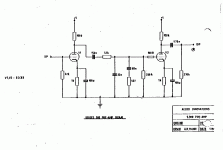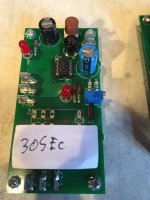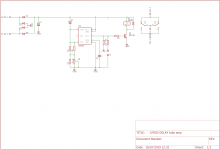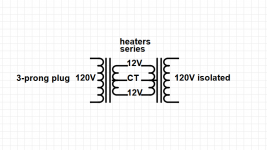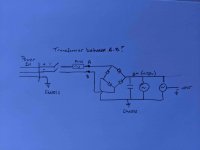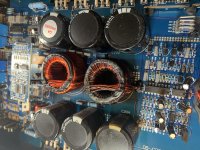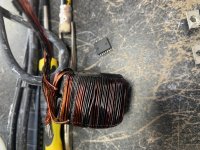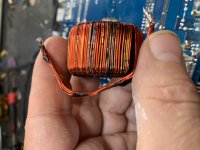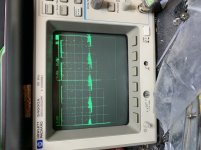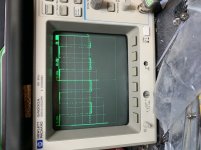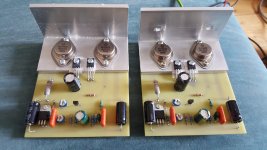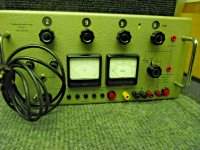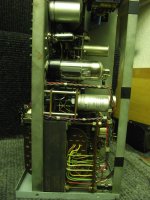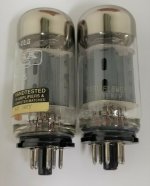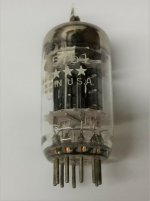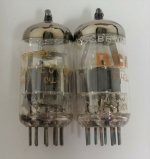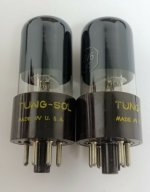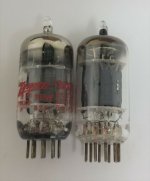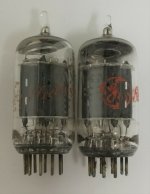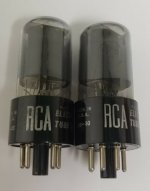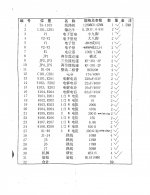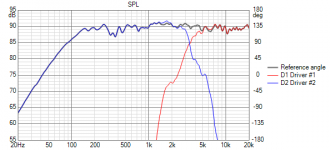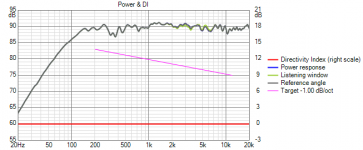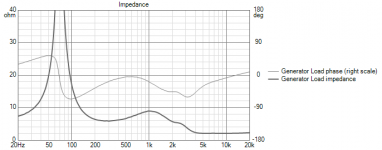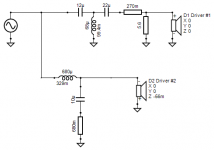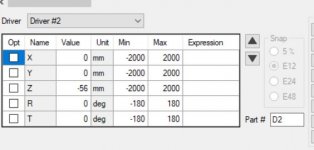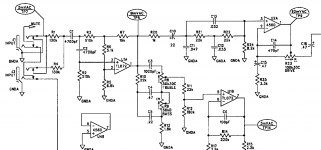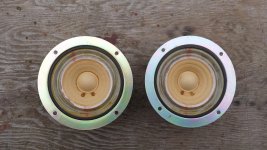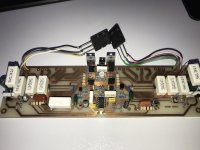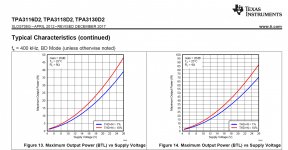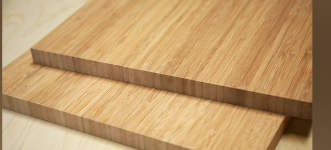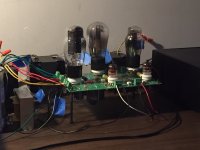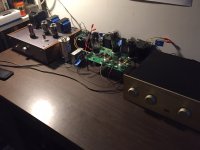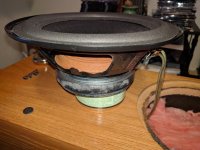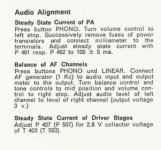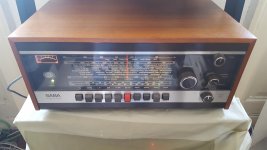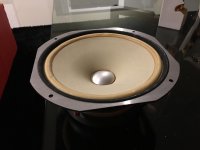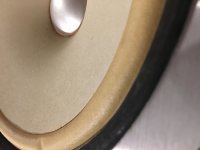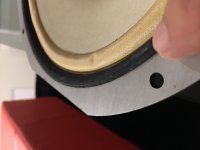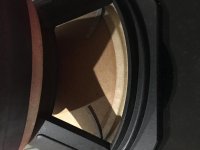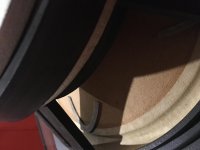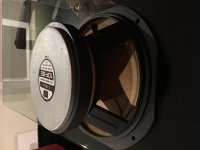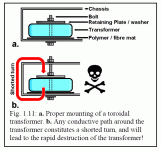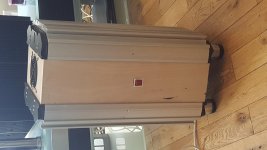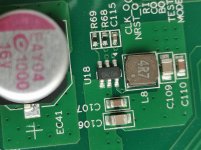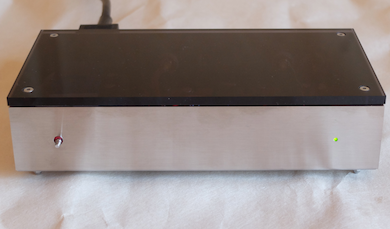Metronome for Alpair 10.3m and 12p
- By Count Sudoku
- Full Range
- 117 Replies
Hello Gents,
I would like to build a metronome style cabinet for Alpair 10.3m and 12p ( I already have a pair of each). After much digging around on this forum and other places, I haven't found specific dimensions for alpair drivers. I have been to frugal horn's metronome page and checked out the table, but I don't understand how to calculate specific dimensions for the alpairs. Is it as simple as matching similar size driver for example: build the cabinet for Fostex 207 and mount the alpair 12p or are there enough differences in drivers that the dimensions of the cabinet need to be specifically matched to each driver? If the later, how do I calculate this (bear in mind my math knowledge is about algebra 2 level with a touch of geometry and no trig and 15 years rusty).
I've already built a super pensil 12, and will probably do a quick and dirty sp 10, and maybe a frugal horn too for comparison. If the sound of either of those is significantly better than the metronome, I may stick with the sp/fh, but the WAF of the metronome is huge. To quote the wife when I showed her a bunch of pics of some gorgeous pensil style cabs and a simple metronome: "Those just look like speakers. The metronome looks like a nice piece of furniture."
I would like to build a metronome style cabinet for Alpair 10.3m and 12p ( I already have a pair of each). After much digging around on this forum and other places, I haven't found specific dimensions for alpair drivers. I have been to frugal horn's metronome page and checked out the table, but I don't understand how to calculate specific dimensions for the alpairs. Is it as simple as matching similar size driver for example: build the cabinet for Fostex 207 and mount the alpair 12p or are there enough differences in drivers that the dimensions of the cabinet need to be specifically matched to each driver? If the later, how do I calculate this (bear in mind my math knowledge is about algebra 2 level with a touch of geometry and no trig and 15 years rusty).
I've already built a super pensil 12, and will probably do a quick and dirty sp 10, and maybe a frugal horn too for comparison. If the sound of either of those is significantly better than the metronome, I may stick with the sp/fh, but the WAF of the metronome is huge. To quote the wife when I showed her a bunch of pics of some gorgeous pensil style cabs and a simple metronome: "Those just look like speakers. The metronome looks like a nice piece of furniture."
